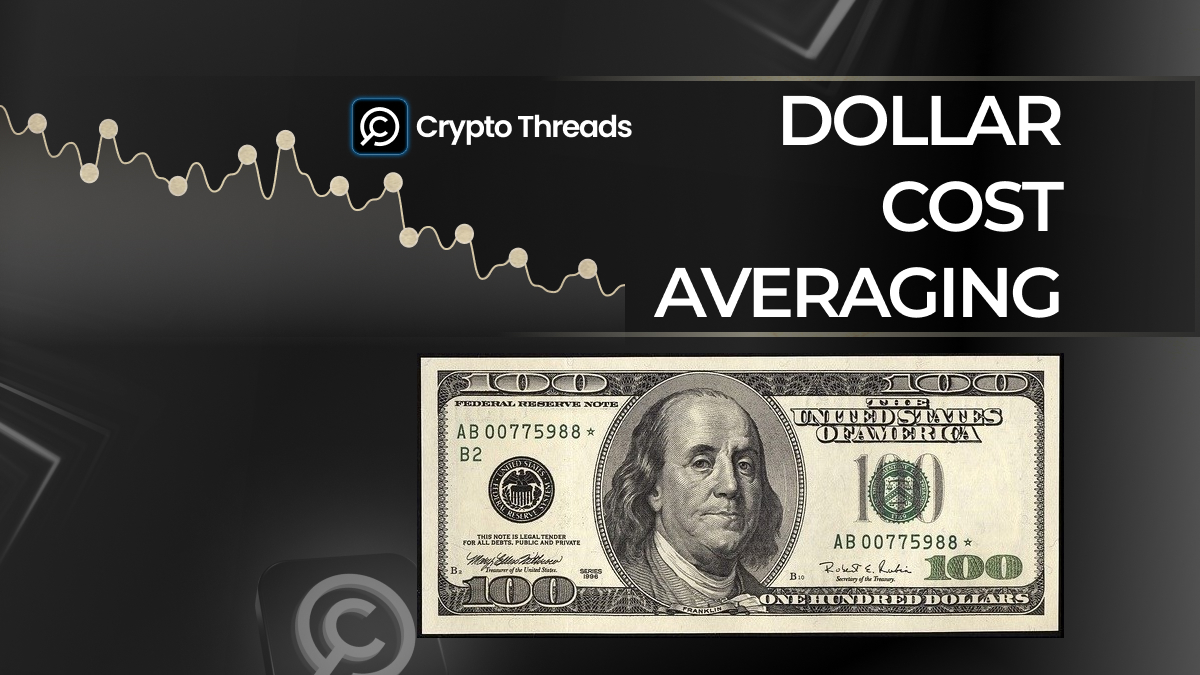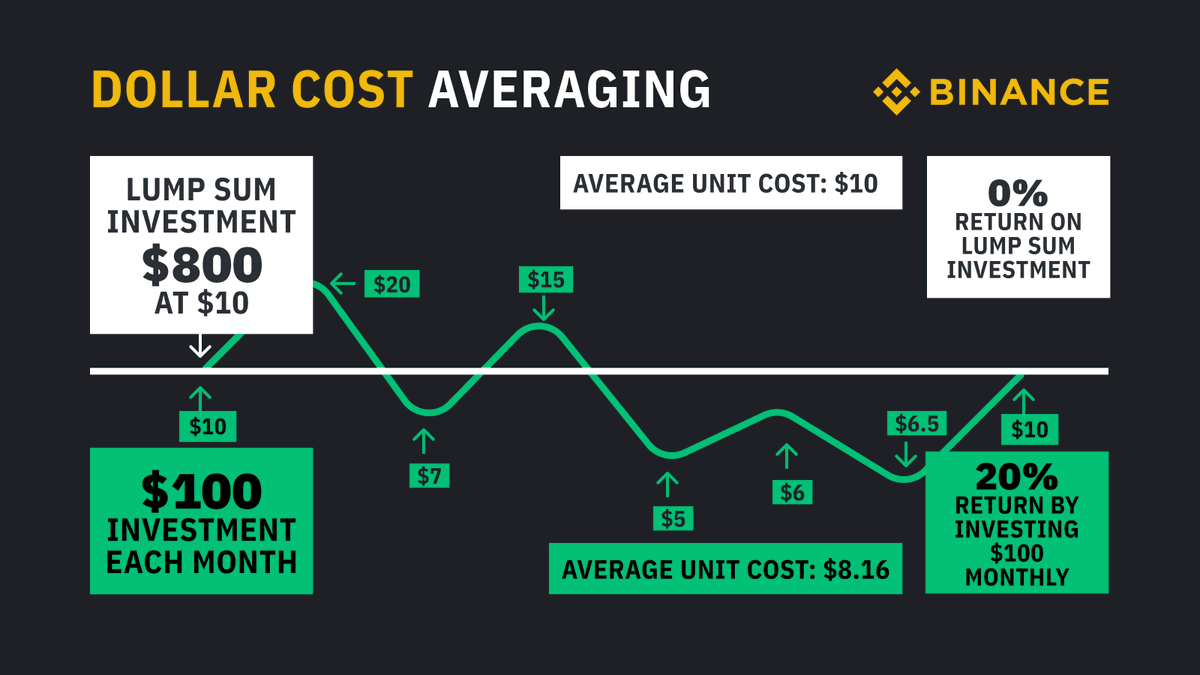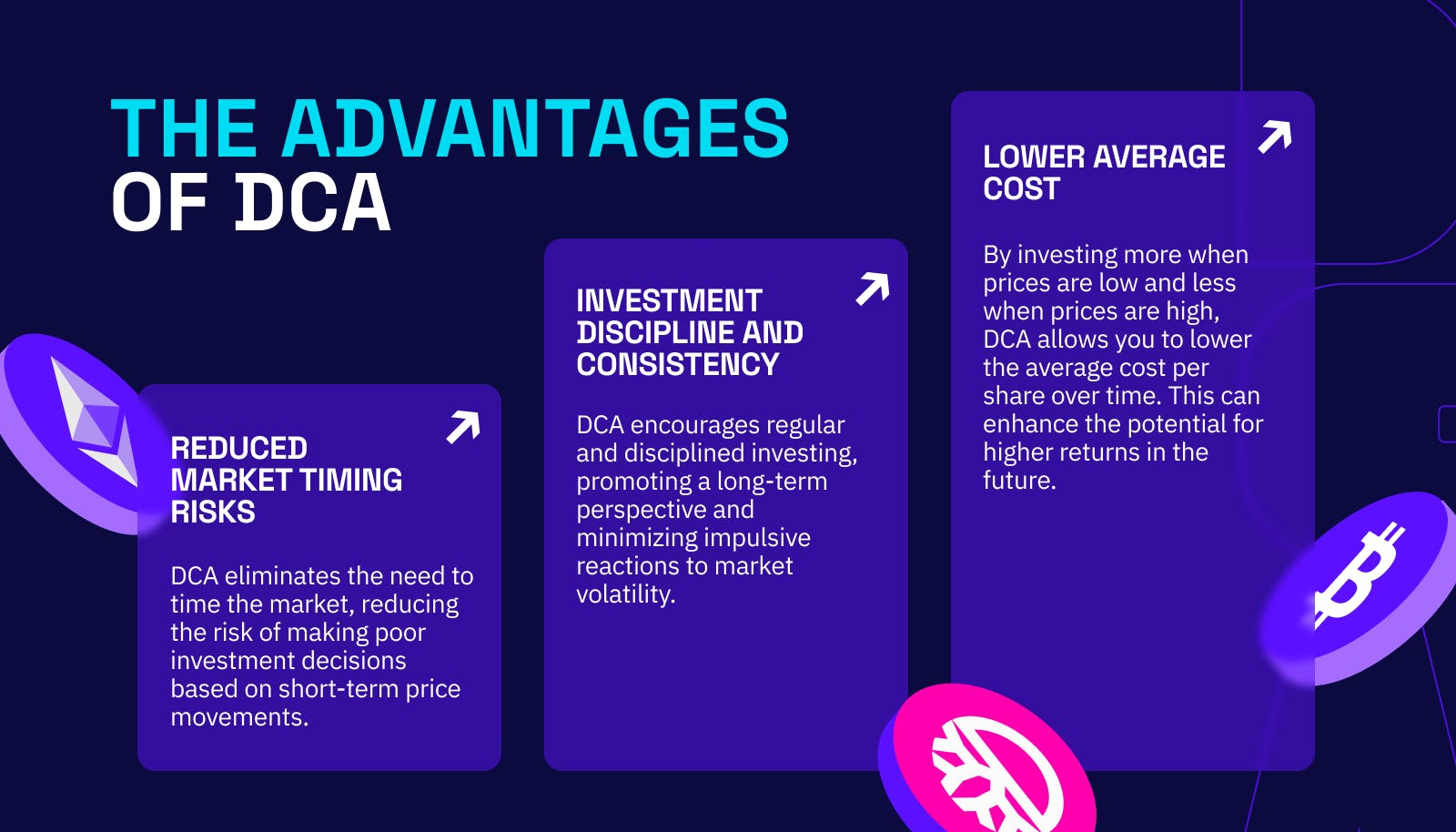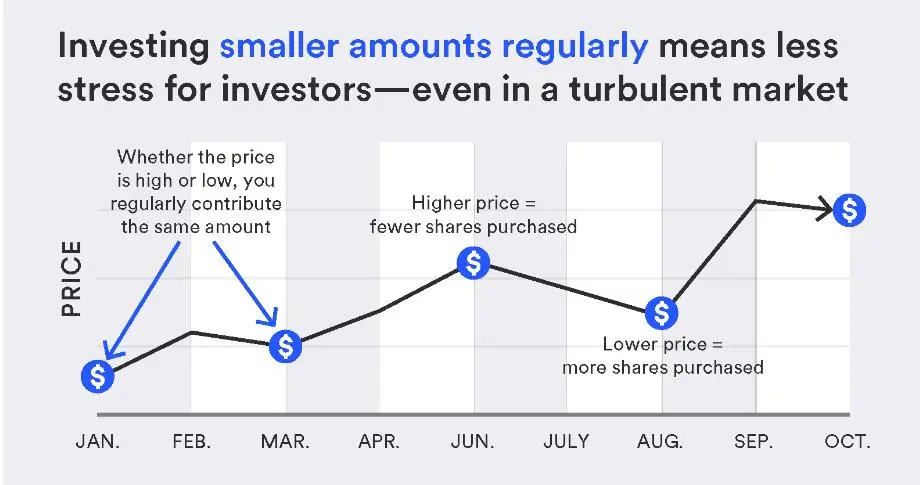Dollar-Cost Averaging (DCA): How It Works and Its Benefits for Long-Term Investing

When is the right time to invest? While the ideal answer is to buy when prices are low, timing the market is notoriously difficult—even for seasoned investors. Emotions like fear or greed often cloud judgment, leading to poor decision-making. This is why many long-term investors turn to Dollar-Cost Averaging (DCA) to manage risks, eliminate emotional biases, and stay on track toward long-term gains.
What is Dollar-Cost Averaging?
Dollar-Cost Averaging (DCA) is an investment strategy that involves investing a fixed amount of money into a particular asset at regular intervals, regardless of the asset’s price or market conditions. By sticking to this disciplined approach, you reduce the impact of short-term market fluctuations and the risk of emotional decision-making.
Timing the market can be a major challenge, even for advanced traders. DCA allows you to make regular investments over time, helping to mitigate the stress of market timing and emotional bias.

Dollar-Cost Averaging (DCA) investment strategy example
How Dollar-Cost Averaging Works
To better understand how DCA works, let’s walk through an example. Suppose you have $500 to invest in an index fund but aren’t sure when the best time to buy is. Instead of investing all $500 at once, you decide to use DCA, contributing $100 every month for five months. As share prices fluctuate, the number of shares you acquire each month will vary.
Here’s how it looks:
After five months of regular $100 investments, you’ve spent $500, acquired 138 shares, and the value of your investment is $593.4. This results in a $93.4 profit.
The key takeaway here is that while the average share price over the five months was $4.3, the actual price you paid per share was lower at $3.62 ($500 ÷ 138 shares). However, note that this is only an example—DCA doesn’t guarantee profits and can’t protect you from losses.
Benefits of Dollar-Cost Averaging

Dollar-Cost Averaging benefits for long-term investors
One of the biggest advantages of DCA is its ability to remove emotions from investing. Whether the market is up or down, DCA ensures you maintain your discipline and invest consistently. During a market downturn, for instance, DCA allows you to buy more shares at lower prices instead of panicking and selling off assets.
As the example above shows, DCA can help smooth out price fluctuations, resulting in a lower average price per share over time.
Additionally, DCA is ideal for long-term investors and those with limited capital. If you can’t invest a large sum upfront, DCA lets you gradually build a position in an asset over time. This makes it easier to accumulate a $10,000 position, for example, by contributing smaller amounts over several months.
Finally, DCA also allows investors to seize opportunities. Professional traders often miss the best buying opportunities because they wait for the “perfect moment” to enter the market. However, DCA ensures that you invest consistently, so you don’t miss out when prices drop due to unexpected events, like political elections.
Disadvantages of Dollar-Cost Averaging
While DCA has its advantages, there are some drawbacks. Critics argue that DCA can lead to lower returns than a lump sum investment. The reasoning behind this is simple: stock markets tend to rise over time, so holding cash outside the market could result in missed gains.
Another disadvantage is the potential for higher transaction costs. If you’re using a broker, each DCA investment may incur fees, and these costs can add up over time. For instance, if a broker charges a $10 fee per trade, this could eat into your returns, especially if you’re only investing small amounts each month.
Dollar-Cost Averaging Due Diligence
No investment strategy is foolproof. It’s essential to understand the intrinsic features of DCA before deciding if it’s right for you. Here are some factors to keep in mind:
1. Discipline is Key
Sticking to a DCA plan requires consistency. During market downturns, you might feel tempted to stop investing, but doing so would undermine the strategy. Similarly, don’t overinvest in a rising market, as this would also go against the principles of DCA. Discipline is essential for success in the long term.
2. Choose the Right Investment
DCA won’t help you pick the right assets to invest in. Whether it’s stocks, bonds, or crypto, you need to do your research and understand the asset you’re buying. DCA is merely a tool; it can’t ensure success if you’re investing in poor assets.
3. Watch Out for Fees
Regular investing means paying fees for each transaction. If the brokerage charges a fixed transaction fee (e.g., $10 per trade), this can eat into your profits over time, particularly for smaller investments. Many investors prefer low-cost, passively-managed index funds that charge minimal fees.
4. The Impact of Rising Prices
As the price of an asset increases, you’ll purchase fewer units with each investment. This may result in fewer new shares being acquired over time, even though you’re investing the same amount of money.

How DCA helps reduce emotional investing in the market
Dollar-Cost Averaging FAQs
Is Dollar-Cost Averaging a Good Idea?
DCA can be a great strategy, especially for those looking to invest long-term without trying to time the market. By consistently investing the same amount, you can lower your average purchase price and gain exposure to the market, regardless of whether prices are rising or falling.
Why Do Some Investors Use Dollar-Cost Averaging?
The primary benefit of DCA is that it helps investors stick to a disciplined approach, avoiding decisions driven by greed or fear. By committing to regular investments, DCA reduces the emotional volatility that can derail long-term success.
How Often Should You Invest With Dollar-Cost Averaging?
The frequency of DCA depends on your investment goals, market outlook, and personal preferences. For long-term investors, aligning your investments with your paycheck schedule can be a practical strategy. However, DCA may not be ideal during a persistent bear market, as it doesn’t guarantee profits.
Conclusion
By using Dollar-Cost Averaging, you remove the need to time the market and reduce emotional reactions to market fluctuations. While it’s not a foolproof strategy, DCA offers an accessible way to invest consistently, build wealth over time, and lower your average cost of acquisition.



